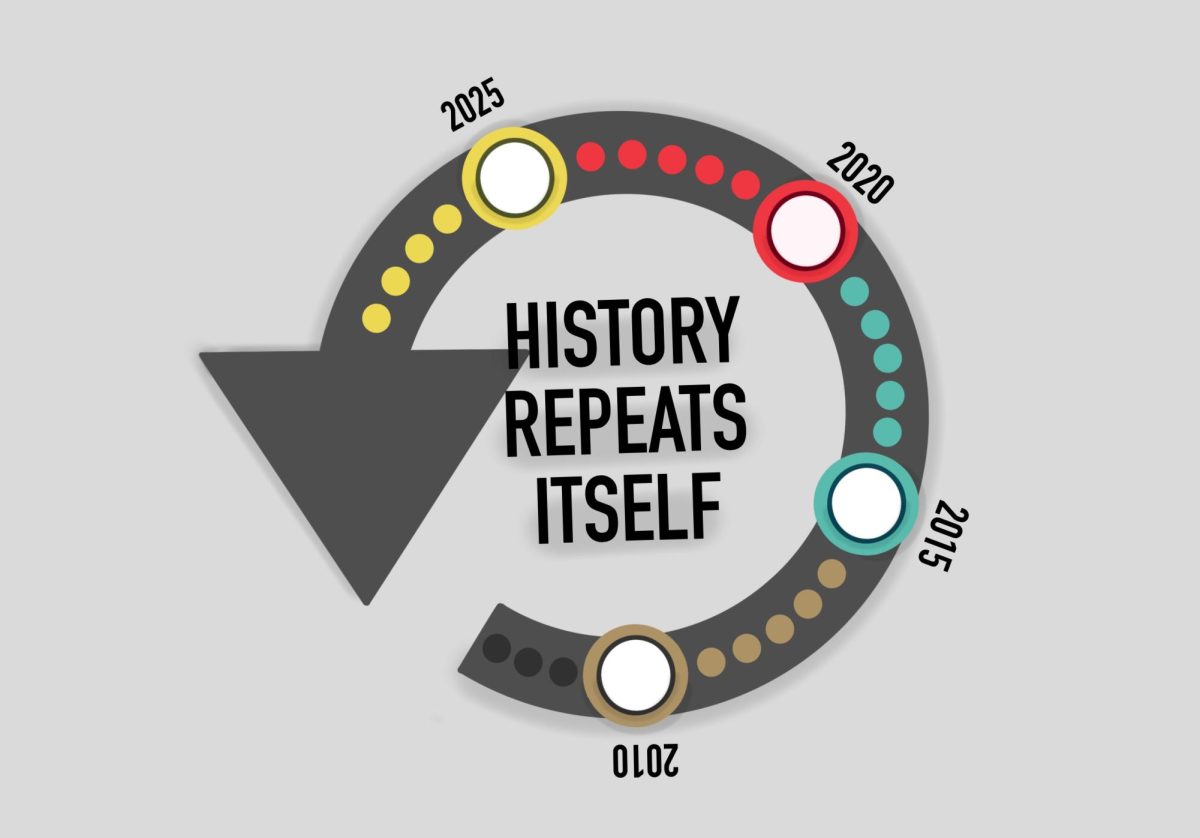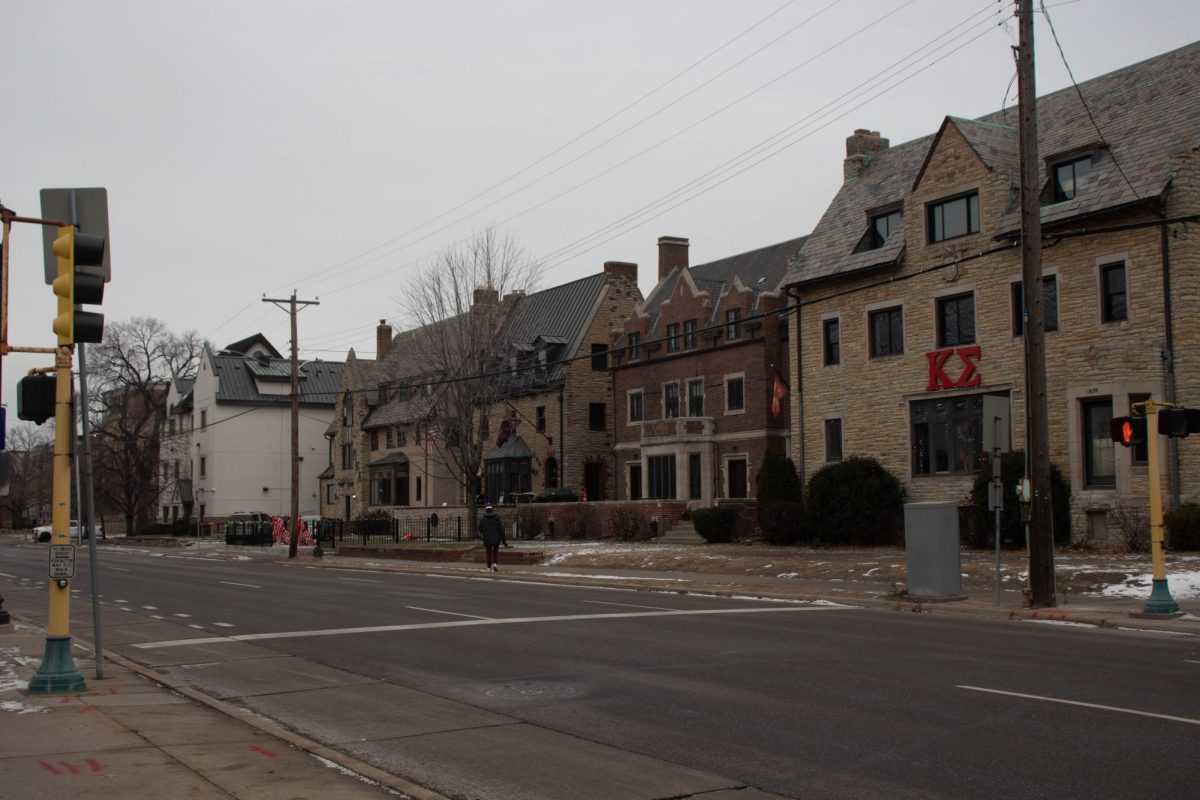Joe Biden is acutely aware of his predecessor. From the very beginning of his campaign, it was clear that the selling point that he and his circle wanted to focus on was his ability to calm, unify and ease the tension that had become characteristic of the Trump era. Biden’s slogans, from “Unite for a Better Future” to “Build Back Better” are deployed in the hope of making Americans realize that some of the most immediate and important issues we face today need not be politicized —they are in fact, in our common interest.
From his first United Nations General Assembly speech, it has become clear that the president would like to address global challenges from a similar starting point. With his audience reticent and wary in the wake of the former president’s more insular diplomacy, Biden chose to focus on those same common cause issues that took the stage at home. He chose not to mention China explicitly, giving time to issues like climate change and COVID-19. He announced the following day at his Virtual COVID-19 Summit that, among other things, the U.S. would pony up the money for an extra billion doses of the Pfizer vaccine to donate abroad, making our total contribution to the global cause over 3 billion.
Given that our current domestic COVID-19 challenge is more ideological than practical, it makes sense that we would shift our attention abroad — we have plenty of vaccine doses, we just need people to take them. The lion’s share was quickly snatched up by rich countries who could risk signing contracts to buy vaccines in the nascent stages of development, while poorer countries and their populations had to wait. As of writing this article, over 6 billion doses have been administered globally (keep in mind that some require two doses for full vaccination), yet only about 2% of citizens of low-income countries have received even a single shot.
So, with such a clear and present threat, why has Biden’s plan drawn the ire of some public health experts, not to mention some residents of the very countries it is intended to assist?
Some reasons lie in the actual promises and focuses of the summit and the accompanying fact sheet that details its targets. For example, the plan provides money for shots ($3 billion in 2021 and $7 billion in 2022), but it will not provide for other necessary costs of quickly getting those shots into actual arms such as increased workforce (and their training) and health system strengthening. Without kicking in real dollars to support the administration of vaccines, it will be difficult for low-income countries to vaccinate their populations.
A telling issue further arises from what was left out by the promises in the fact sheet and the virtual summit itself. Specifically, there is a glaring lack of information regarding intellectual property issues that get in the way of countries manufacturing the vaccines themselves. The public health community has acknowledged time and again the need for countries to mandate the sharing of intellectual property in such a historic event. Instead, the rights to vaccine manufacturing remain firmly in the hands of the original owners, leaving low-income states reliant on big companies and powerful nations to give them vaccines.
A message focused on our unity under shared struggles is refreshing; we will be in trouble if we continue to let politics bog down COVID-19 or climate change. But not letting countries handle their own manufacture of the vaccines when that seems to be the necessary step is not as helpful as it could be. Real international unity in regard to COVID-19 demands that all nations are given the opportunity to explain what they need and how they need it done, and then responses from the international community that go further than shrouded gatekeeping. Giving away vaccines is without a doubt a good thing. But a message of unity that maintains a paternalistic and philanthropic relationship between rich countries and poorer ones is not as strong as it purports to be.














